
World Heritage Sites
Angkor Wat
Angkor Wat is a temple complex in Cambodia and is the largest religious monument in the world. Visit other Temples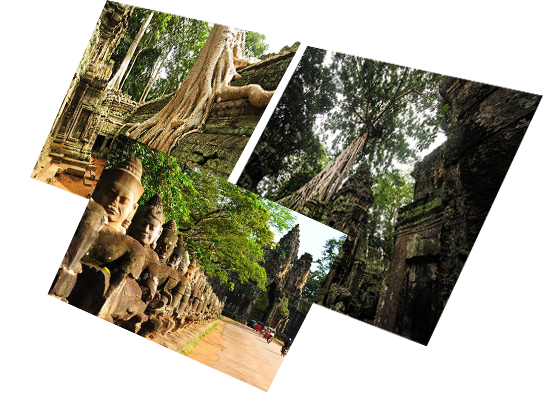



Thansur bokor waterfall


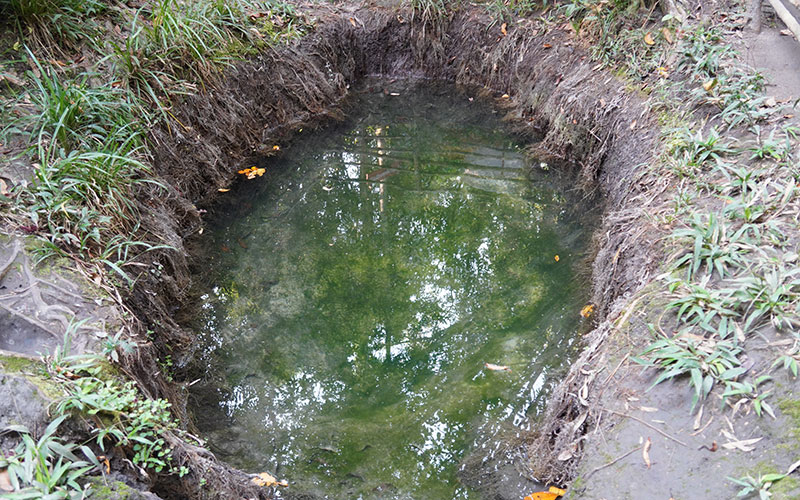
Seven-color spring water
Phnom Kulen 7 colors of water appear in August, many mysteries and superstitions continue to be hidden on Phnom Kulen, the most sacred place in Siem Reap. The seven-colored water is not very large, it is only 2 to 2.50 meters deep and about 2 square meters. The water is really like a rainbow, someti...
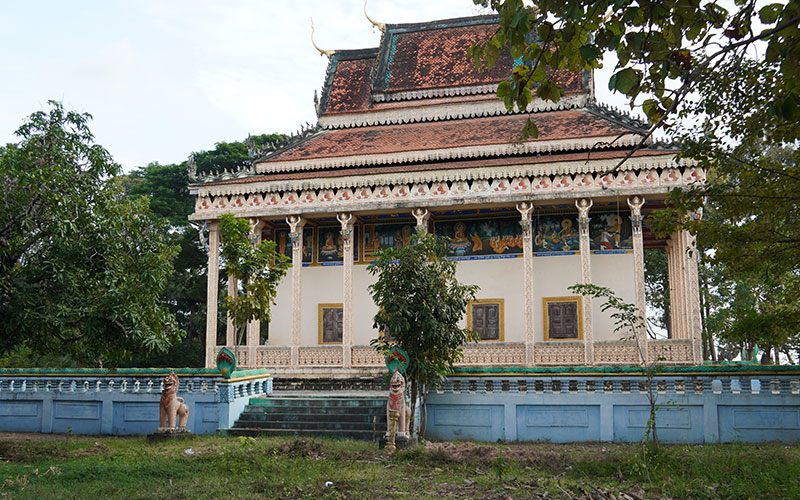
Seima Temple Foundation (Chan Sor), Wat Chan Seima Temple Foundation
The temple dates back to the 10th to 11th centuries. The temple has five or six square towers made of brick, running in a row, facing south, with false doors in the other corners, but collapsed. The central tower has a brick balcony and a moat and a pond 50 meters southeast. Three brick towers lined...
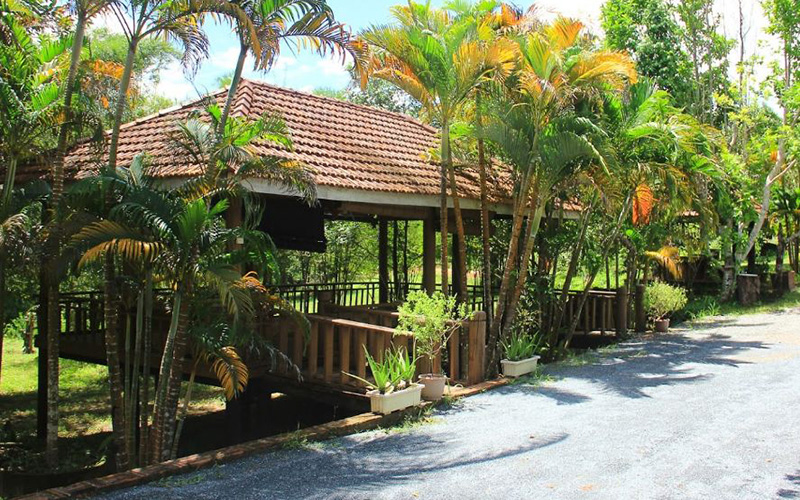
Picnic Resort
A hidden resort near the foot of the mountain, showcasing the beautiful scenery with natural fresh air, as well as chemical-free food grown right in the picnic resort will make tourists feel strange. Additionally, tourists can rent bicycles to climb the mountain and visit the resort's many acres of...
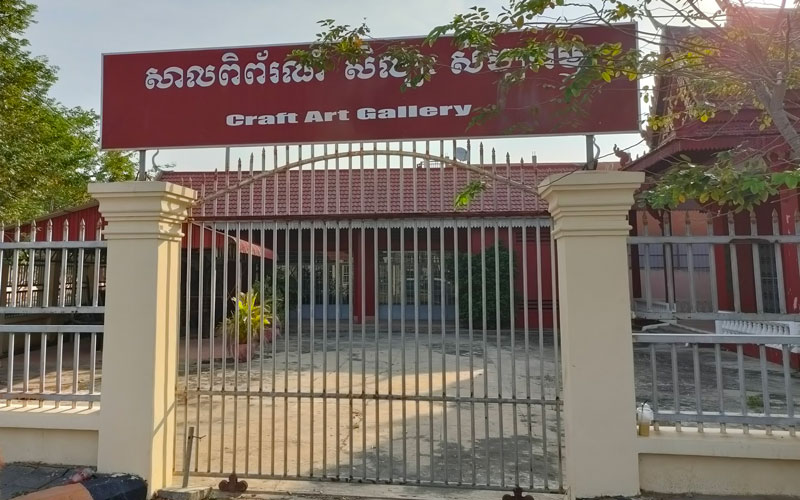
Provincial museum of Prey Veng
Prey Veng Province has a museum where is the house of cultural treasures collections with their historical value. Here, we can see the newly discovered inscriptions, pottery remains, ancient glass fragments. Tourists can easily access to since it locates in the provincial town.
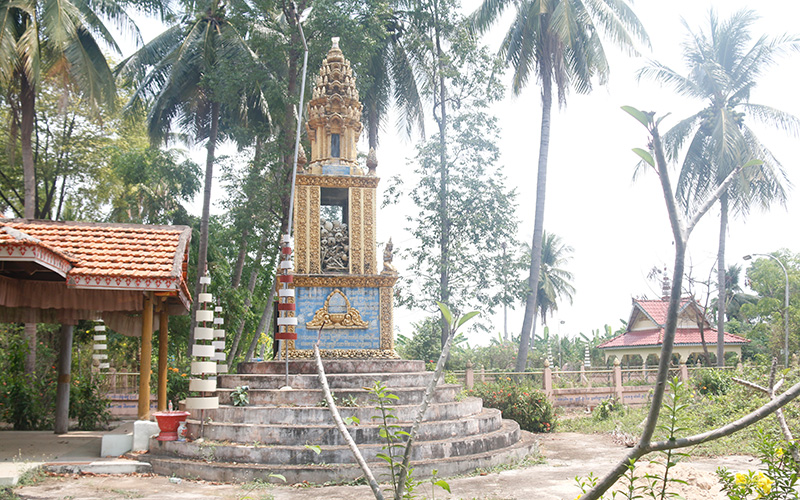
Stupa of Samdach Pagoda
Some of the remains scattered in the monument of Samdach Mony Pagoda are the remains that people extracted from the pits around Samdach Mony Pagoda in the 1980s. Most of the bones are broken into pieces and are fragile. Lots of remnants of the past, only a few left. The monument was built in the for...
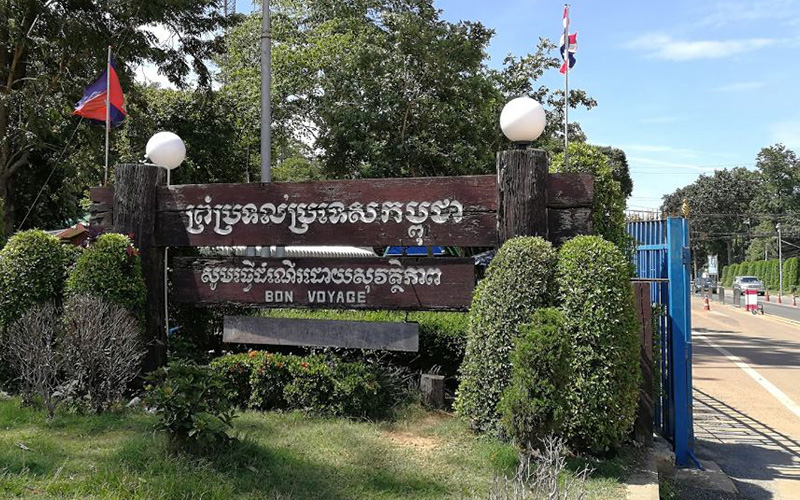
O Smach International Check-point
O Smach border post is an international border between Cambodia and Thailand, through which people often travel to Surin for medical treatment. It is also home to many hotels and casinos.
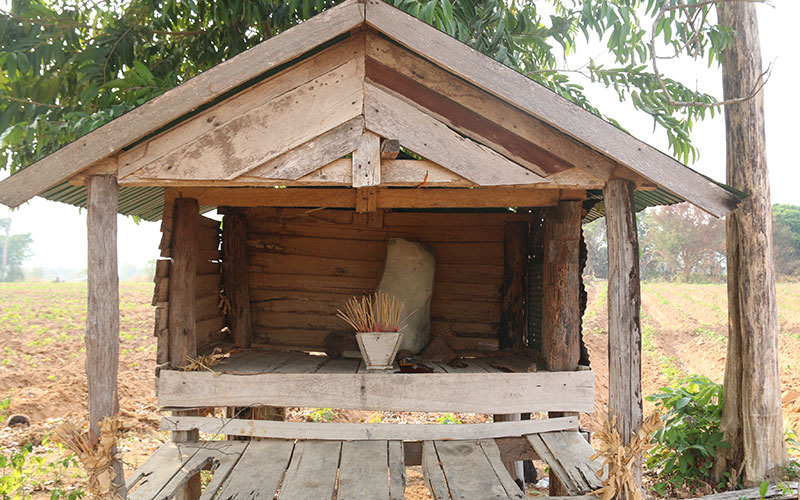
Prey Khmaeng Temple Foundation, Khla Krahim Temple Foundation
The temple was probably built in the 10th to 11th centuries, but there is no documentation. The temple has a single tower made of sandstone, which was abandoned for a long time because it is in the deep forest. Currently, this temple has collapsed, leaving only the foundation facing 4 meters square...
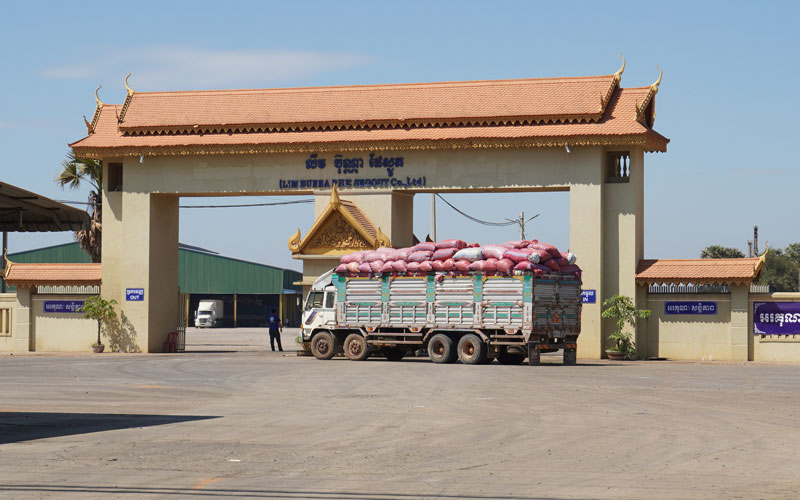
Tropaing Phlong International Checkpoint
Tbong Kmum province has a border crossing with Vietnam, Trapeang Phlong, where there are many buildings, especially casinos and hotels. It is ann economic gateway for the exchange of goods between neighboring countries.
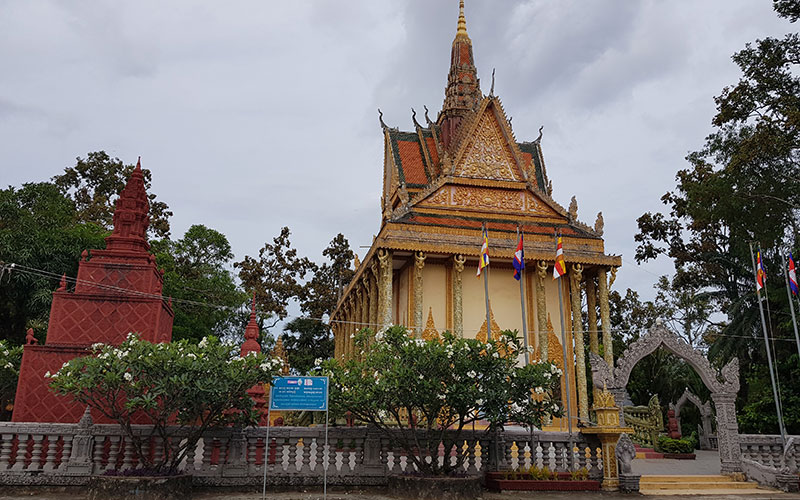
Treuy Koh Pagoda
Wat Troeuy Koh is ranked as a tourist pagoda in Kampot province. The whole courtyard is spacious and the two large buildings to the west of the temple were very organized and well built. Based on the inscription on the outer wall of the temple on the west side, the construction was started in 1990 a...
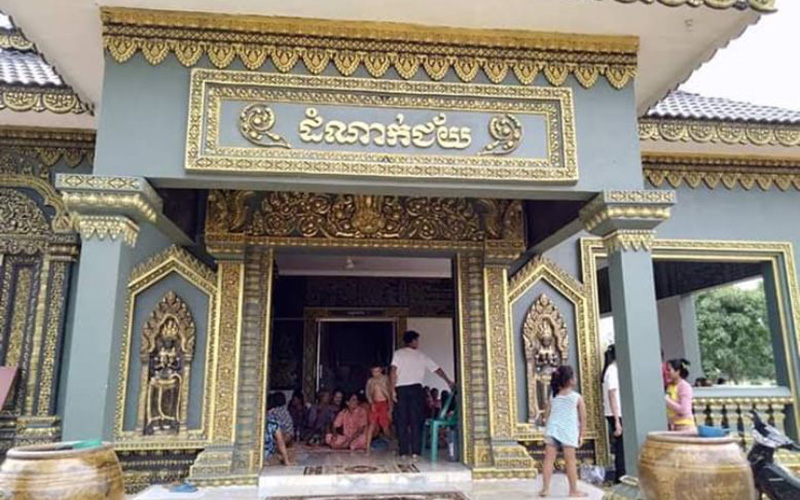
Neak Poan Temple Fondation
Locals call it after the temple built in the middle of a large baray, like the Chey Tadak baray in Angkor. The temple collapsed, leaving only bricks and a few bricks buried in the ground. The temple surrounding this pond extends over 250m x 120m.
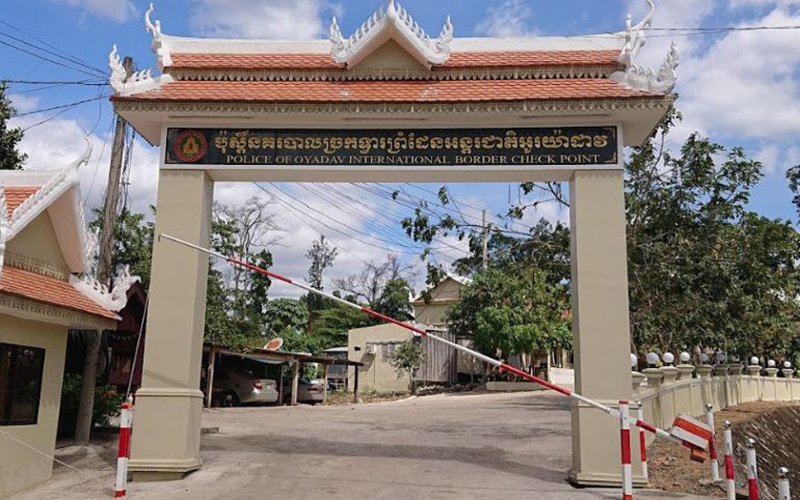
O Yadao International Check-point
This International Border Post was inaugurated in 2017, and during the inauguration ceremony, 40 commercial vehicles from each country were allowed to pass as a symbol. At the international border crossing, as in other ports, there are casinos and warehouses, but not in large numbers.
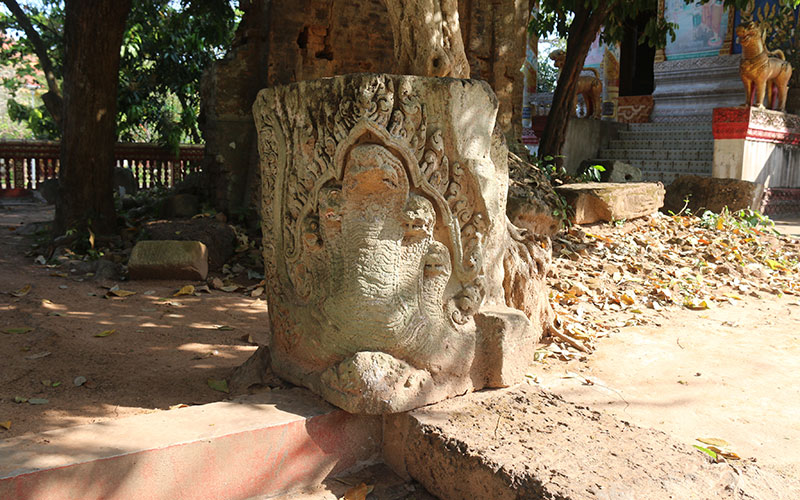
Thnong Temple, Wat Kralanh Temple
Thnong temple was built in the late 10th century in the style of Khleang Banteay Srei in Wat Kralanh of Angkor Chum district, but most of it collapsed. The temple was built on top of the temple, only one tower remains, but the top of the tower has three. In this pagoda, there are also thick artifact...
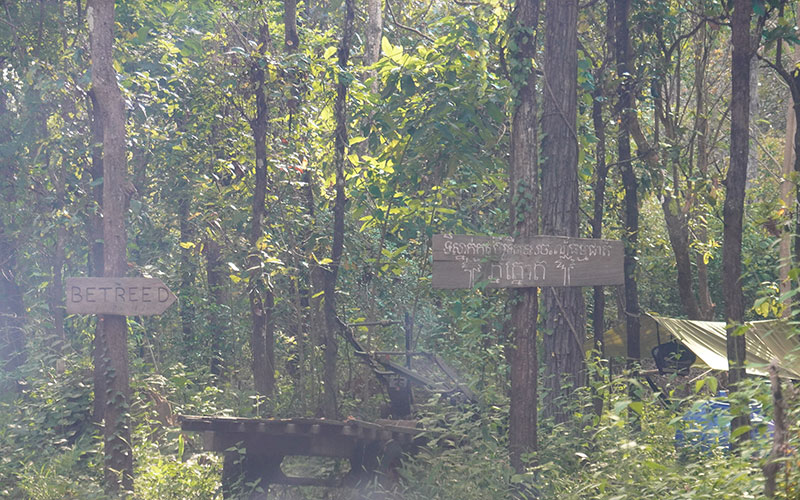
Be treed Adventure, Phnom Tnaot Natural Forest
Phnom Tnaot - Phnom Pok is a natural tourist destination that has the potential to attract tourists who like to ride the cable car, visit the forest from the air and learn about conservation work, natural environment and endangered species from the planet are present at That. Phnom Tnaot-Phnom Pok W...
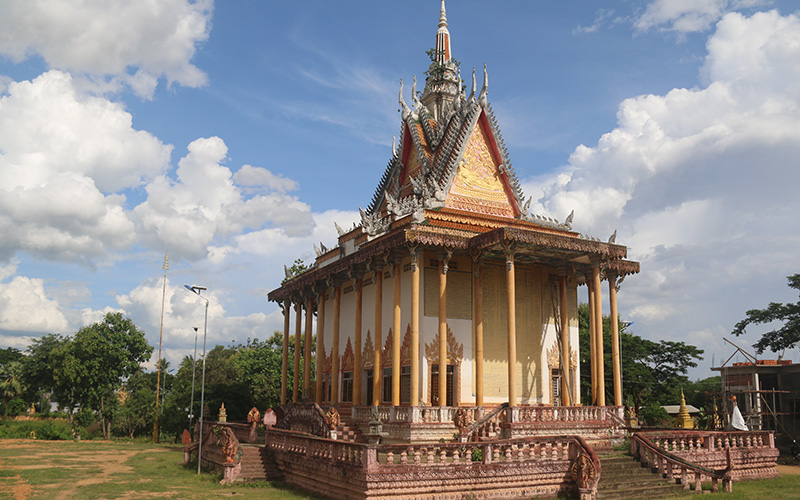
Thalaborivat Pagoda
Wat Thala Parivat is a tourist pagoda, in which this ancient pagoda has ancient foundations as well as many stupas of various styles including Lao style.
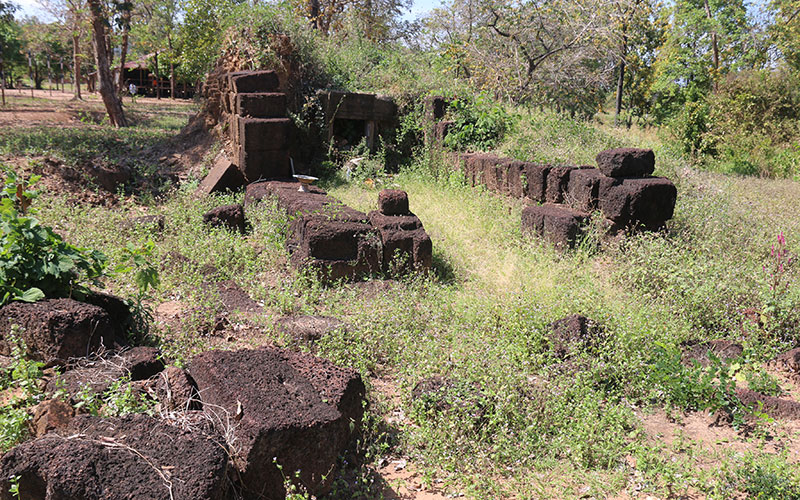
Kraham Temple (Prolay)
The Red Temple consists of a single brick tower mixed with laterite and sandstone ornaments, remains of diamond pillars and sandstone fragments. The temple is surrounded by a moat and the temple has a particularity which is a brick tower, but with a laterite balcony. Such features and hexagonal diam...
2024 © Royal Academy of Cambodia